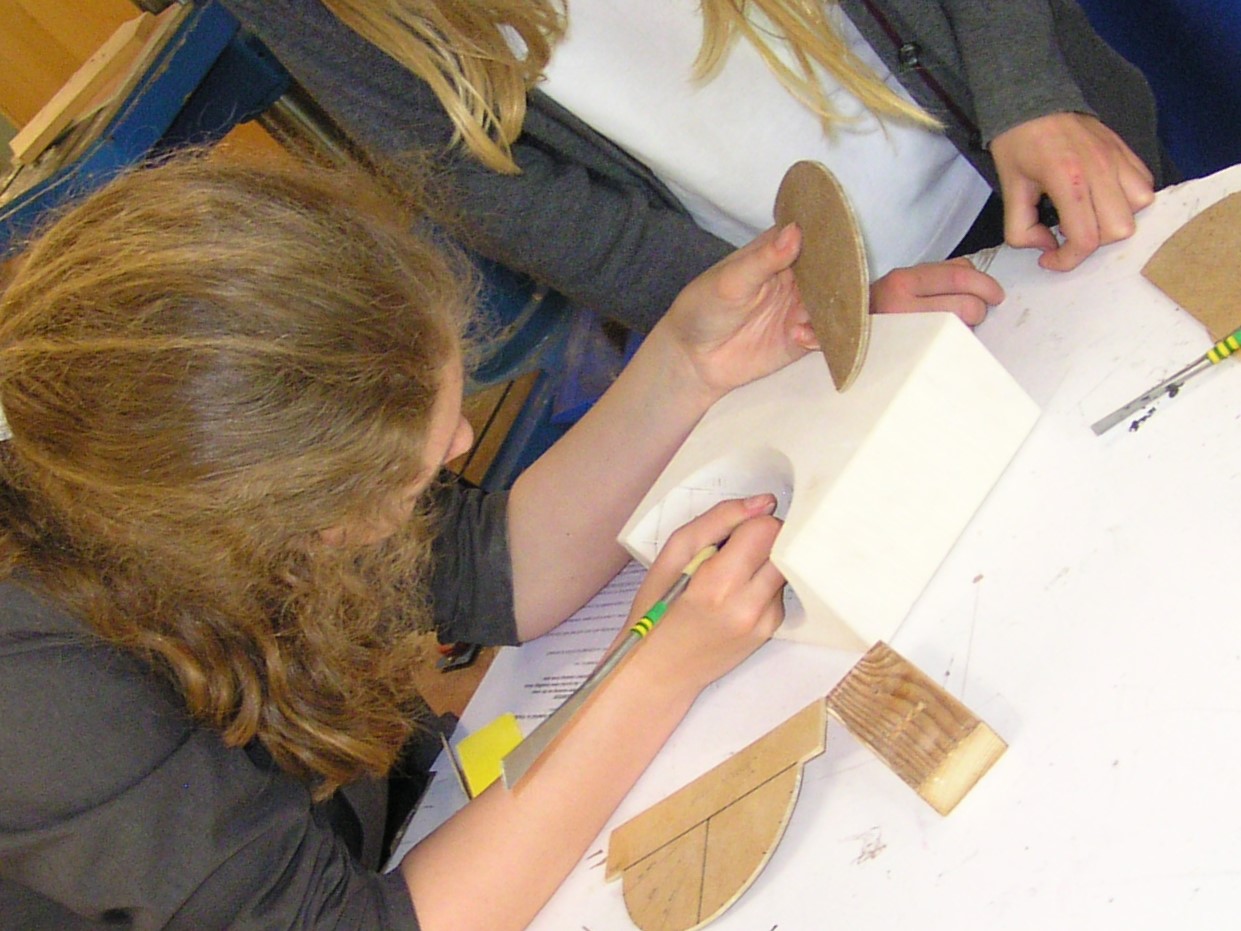 This replica Roman Sundial is in our Classics Department Collection.
This replica Roman Sundial is in our Classics Department Collection.
It was made by Year Nine students as part of a project exploring and making ancient sundials.
The Greeks used a sundial called the “pelekinon” where the gnomon or vertical rod was placed on a horizontal or half spherical face. These sundials are marked to predict time accurately throughout the year. They built a more accurate sundial based on their knowledge of geometry. The hemicycle is one of their inventions. It is a cubical block of wood or stone into which a hemisphere is cut with a stick or rod attached to one end. This created a circular arc with varied length, depending on the season. These arcs were further divided into twelve to indicate the length of each day. The famous Tower of Winds in Athens comprised of eight sun dials that faced cardinal points of the compass.
The Romans adopted the Greek sundials, and the first record of a sundial in Rome is 293 BC.